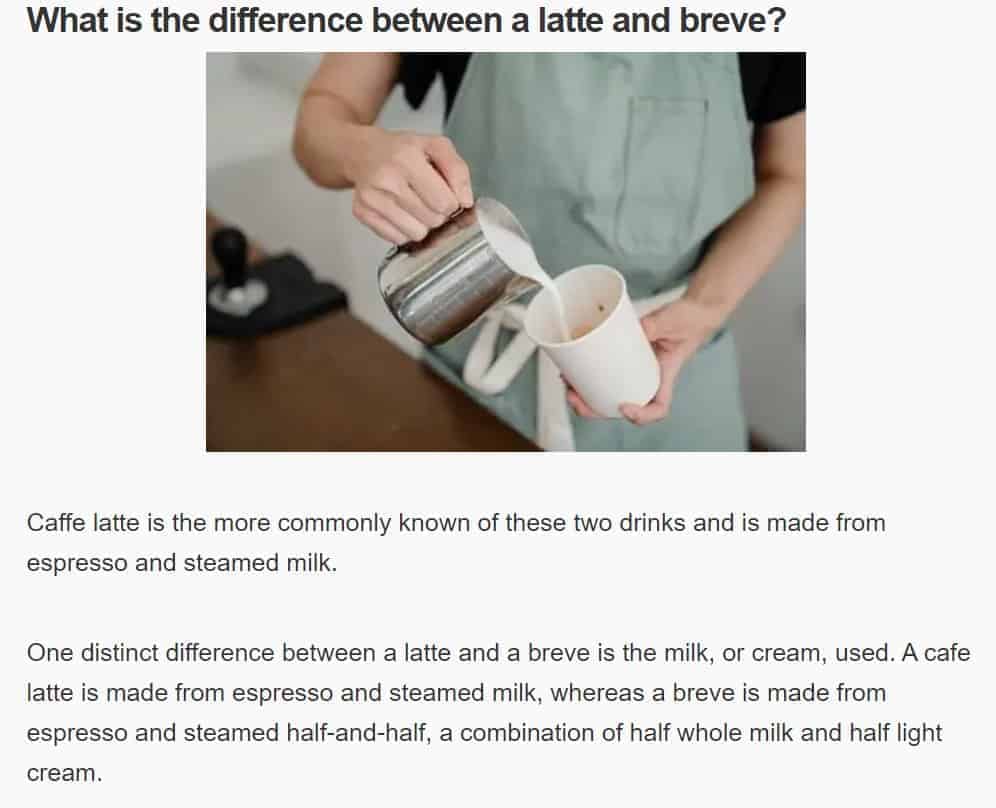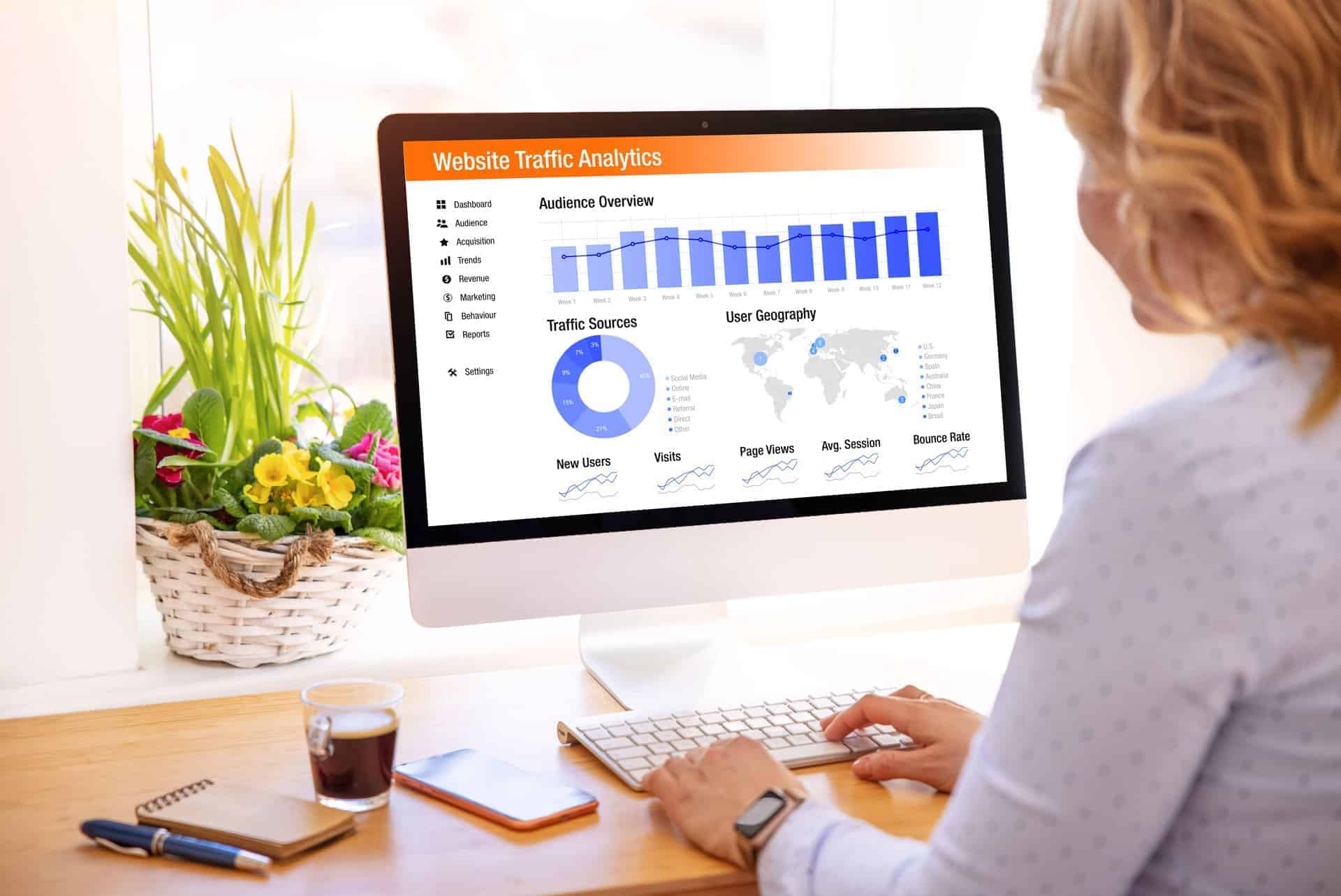5 On Page SEO Examples That Are on Point
On-page SEO is the optimization of web pages with the goal of ranking higher on search engines to get more traffic.
Also known as on-site SEO, on-page optimizations like adding internal links, updating title tags, and on-page content is crucial to improving your webpage’s rankings in relevant search results.
Google and other search engines consider all on-page SEO cues, including relevant keywords, to check if your webpage content matches the user’s search intent. If it does, the search engine displays your content higher in search results, thus improving your website’s visibility.
Once you’ve set up an effective SEO content strategy its important to implement on-page optimizations to get your content found.
But what does effective on-page SEO look like once implemented?
Let’s take a closer look at five good on page SEO examples.
1. Page Titles
Search engine crawlers like Google have to know what your page is about so they can show your website on the results page. Page titles with specific keywords make it easier for them to understand your website.
Page titles, also known as title tags (<title>, </title>), only appear in search results. A focus keyword is a must-have in the page title for it to rank for the proper intent.
Let’s say you are targeting the keyword ‘Breve Coffee,’ a great title tag would be;
“What is a Breve Coffee? – Brand name” as you see in the example by portafilter.net.

Some things to consider when drafting a page title include the following;
Keyword: Keep the keyword closer to the beginning of the page title to give it more weight with search engines. Also, incorporate the keyword naturally, as modern search engines are smart enough to monitor and penalize keyword stuffing. Moreover, stuffing the title with keywords will result in a terrible, spammy reading experience.
In the example above, the keywords ‘Breve Coffee’ are not exactly at the title’s beginning, but closer.
Title characters: Google does not have a limit for title characters. However, its titles display max out at 600 pixels, which means your title may be cut off search results. For this reason, you want to keep your title under 60 characters.
Brand name: In the screenshot above, the website includes its brand name to help search engine crawlers understand what the website is about and associate it with that important keyword.
2. Meta Descriptions
Like page titles, Meta descriptions appear in Search engine research pages (SERPs). Meta descriptions are not official ranking factors for search engines, but they help users learn more about your page and influence whether your page is clicked on.

The text below the page title on the screenshot is a Meta description. Notice how Google has bolded the words ‘a coffee drink originating in Italy that means “brief”.’
These words answer the users’ search intent. Google bolding the user search terms on a Meta description is reason enough to optimize it for on-page SEO.
To write a good Meta description;
Incorporate the core and relate keywords. In the example above, the word Breve has been used thrice.
Write a complete, compelling sentence or two that are less than 160 characters. A compelling Meta description for the ‘Breve coffee’ page would be; ‘Did you know that Breve means quick, tiny, and concise in Italian? Find out some more details about the famous Breve coffee, including its calorie count and how to make it.
3. Headlines
Headlines with H1, H2, H3, H4, and so forth are a fantastic way of breaking up content to improve its readability. With headlines, a reader can easily skim through your webpage content. You should add the core keyword or key phrase to the H1 and H2 headers to give search engines more context for your page. The headers help search engines determine which parts of your content are more relevant according to users’ search intent.
This webpage has used an H1 with the core key phrase Breve Coffee in it.

The H2 and H3 have the keyword Breve in them. The webpage content is broken down into different parts with H1, H2, and H3 headers in the correct order down the page, making it easier for readers to skim through.
4. Content
Webpage content is the most crucial part of on-page SEO.
Your page content tells search engines and readers what your website is about. High-quality page content features relevant keywords and topics.
On the Breve Coffee webpage, the keyword Breve has been used most naturally throughout.
Other topics that may satisfy users’ search intent, like differentiating between Breve coffee and other espresso drinks, have also been included.

Good page content engages the reader the moment they land on the page. You can use interesting facts or a short, catchy story to engross the reader. The ‘Breve coffee’ page by portafilter.net uses interesting café Breve facts in the introduction to appeal to the reader.
You should also add engaging visual content like images and videos to capture their attention.
Again, the webpage has appropriate images and a YouTube video in the ‘Breve Latte Recipe that you can make at home’ section. The article includes all the information a reader would want to know about Breve coffee. Anyone would want to share or link to the content because it solves the audience’s problem.
5. Website Speed
Search engines prioritize user experience, and a site that loads quickly is likely to rank top. Google knows that users would not spend much time on sites that take time to load. Page speed is a key facet of on-page SEO, and your site must be able to load fast on a desktop and mobile device.
You can use the popular PageSpeed Insights to check your page speed and get customized recommendations for improving it.
The portafilter.net website ranks top in the SERPs for most coffee topics because of rigorous on-page SEO practices, including page-speed optimization.
For ‘What is a Breve coffee?’ the website ranks third on Google’s SERP.
The ‘Breve Coffee’ page passed the core web vitals assessment, which means the page is fast enough for mobile and desktop users. It loads in less than two seconds, which is relatively fast.
The impressive page speed can be attributed to good page-speed practices on the page, like well-compressed images and optimized website code that does not have things like commas and extra spaces.
Work with LocalBizGuru to Get Found
On-page SEO is an effective way of increasing your business’ visibility online. High-quality content, fast site speed, a Meta description, headlines, and page titles are just a few of the most critical on-page SEO examples.
We also recommend working with professionals to increase your online visibility.
At LocalBizGuru, we leverage the latest technologies and using cutting edge SEO solutions to help you rank higher on SERPS. We are also always available to respond to your concerns.
Contact us today for all of your digital marketing needs.



